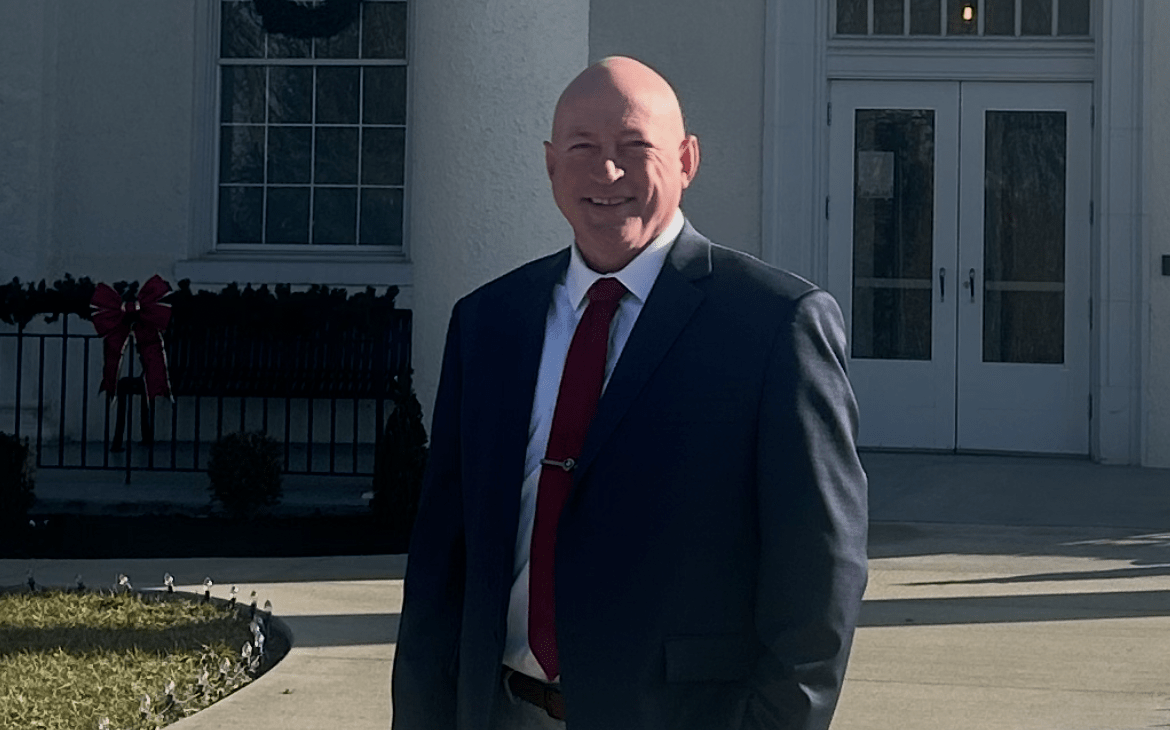Despite an overall decline in December retail sales, record-breaking holiday spending led to unexpected gains in key sectors, challenging assumptions about upcoming Federal Reserve interest rate cuts.
December retail sales fade, but core gains test Fed rate cut bets in 2025

Key Takeaways:
- Overall retail sales declined in December.
- Core retail components saw better-than-expected gains.
- Record holiday spending fueled these core gains.
- Gains challenge expectations of Fed’s rate cuts in 2025.
- The Federal Reserve’s future actions may be influenced by this data.
December Retail Sales Paint a Mixed Economic Picture
December marked a complex period for the retail sector, with overall sales experiencing a decline. This downturn suggested potential weakening in certain areas of consumer spending as the year came to a close.
Record Holiday Spending Boosts Core Retail
Contradicting the overall decline, core retail components witnessed better-than-expected gains. “Record holiday spending powered a better-than-expected gain for a key retail sales component last month,” highlighting the significant impact of consumer behavior during the holiday season. Shoppers turned out in force, providing a substantial boost to critical sectors within the retail market.
Implications for Federal Reserve Policy
These robust core gains are testing expectations that the Federal Reserve will implement interest rate cuts in 2025. The stronger-than-anticipated performance in key retail areas suggests that the economy may be more resilient than previously thought. This resilience could influence the Fed’s decision-making process regarding monetary policy adjustments.
Looking Ahead
The contrasting signals from December’s retail sales data underscore the complexity of the current economic landscape. While overall declines raise concerns, the surge in core components driven by holiday spending offers a counterpoint of strength. As the Federal Reserve considers its next moves, these retail figures will undoubtedly play a crucial role in shaping future interest rate policies.











